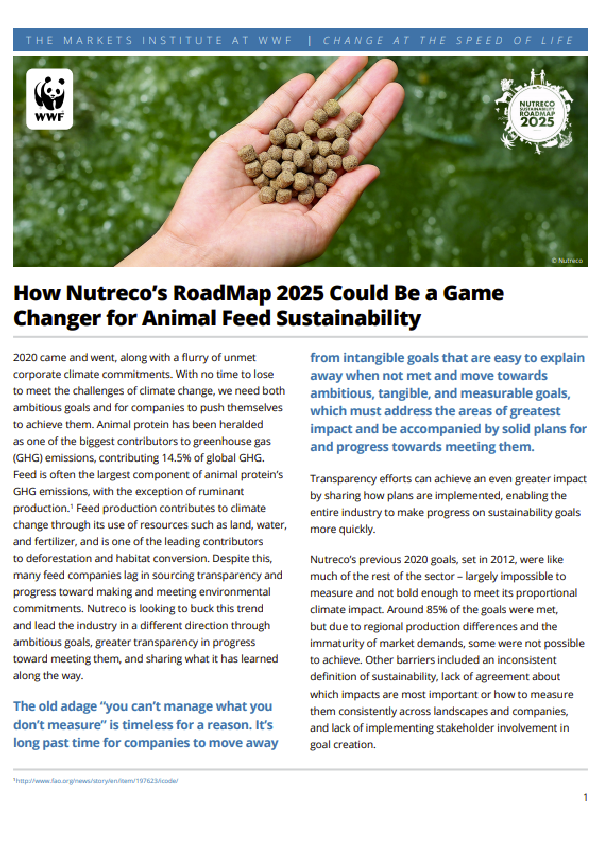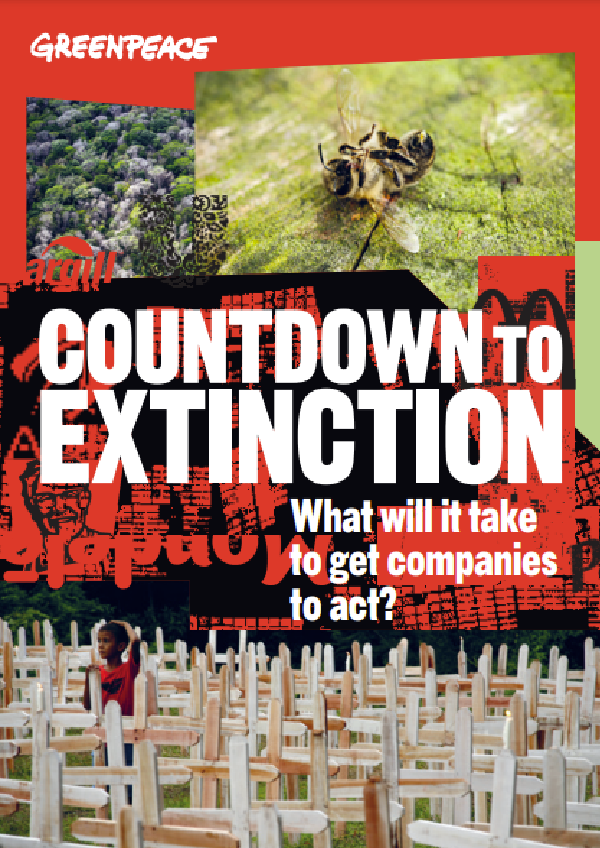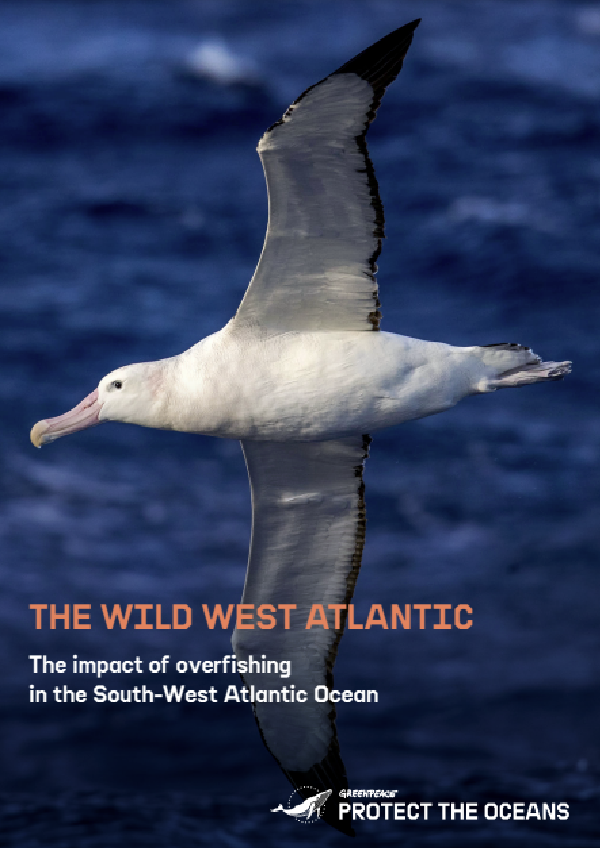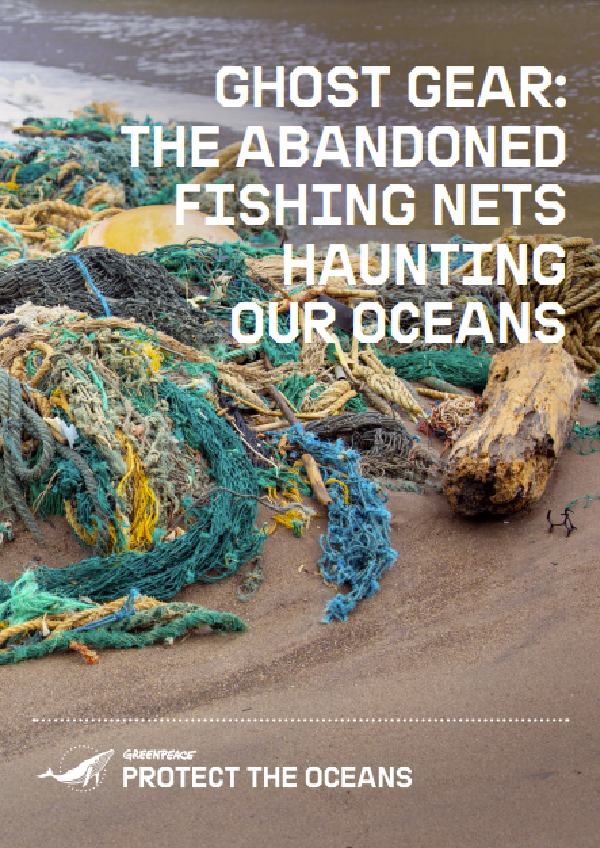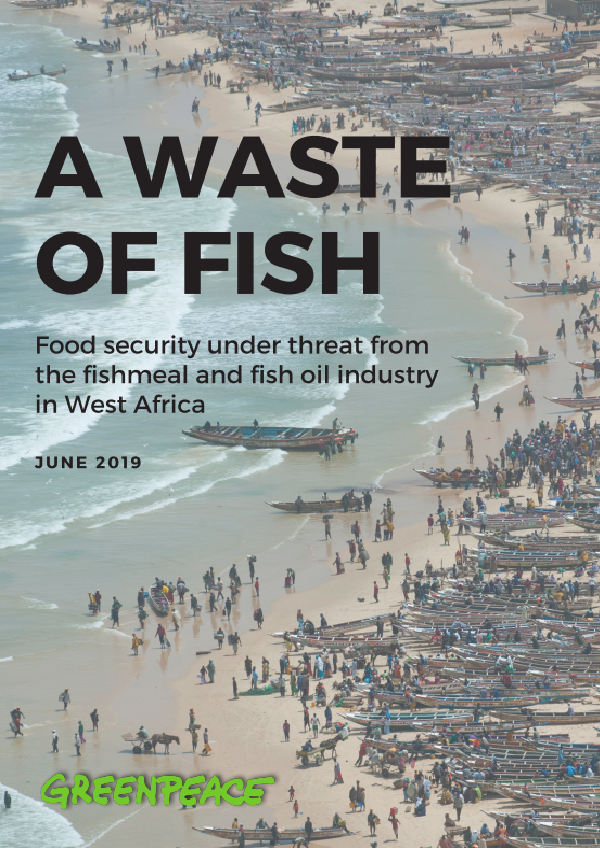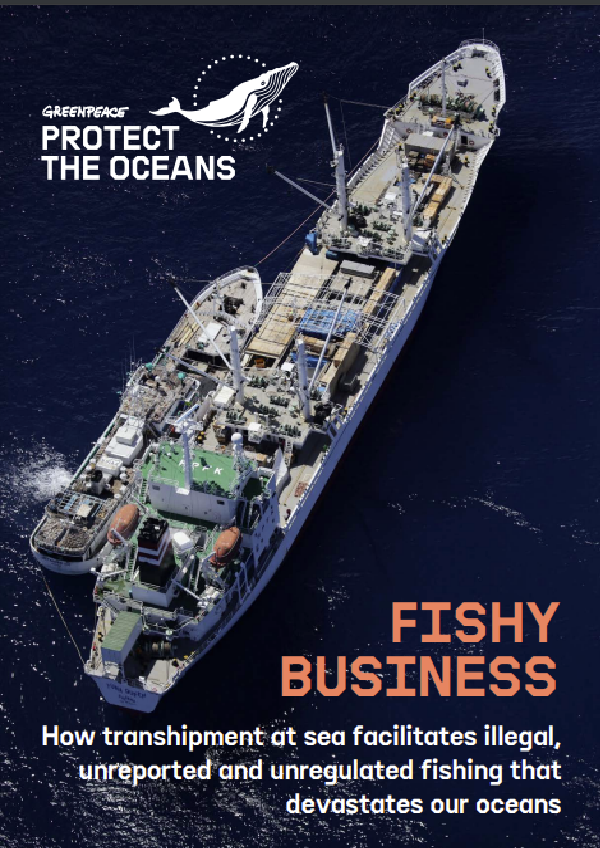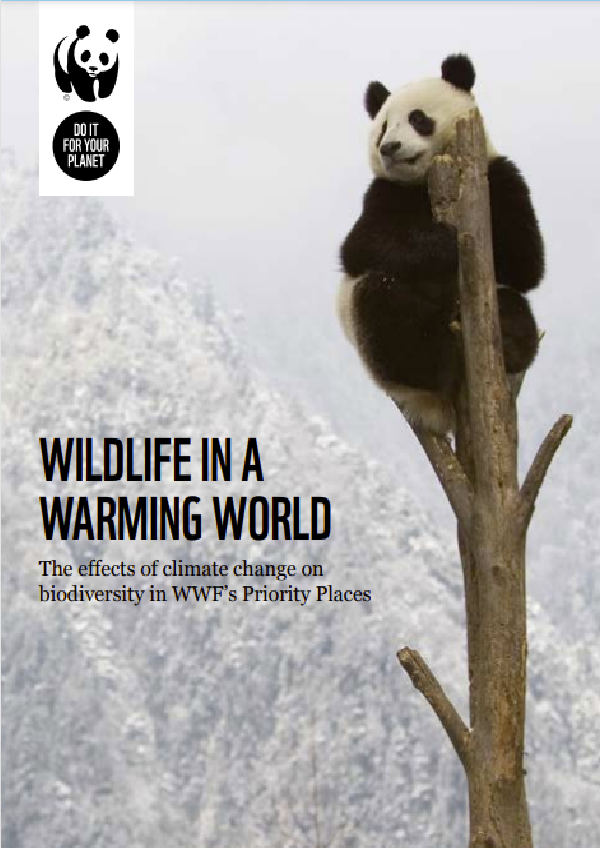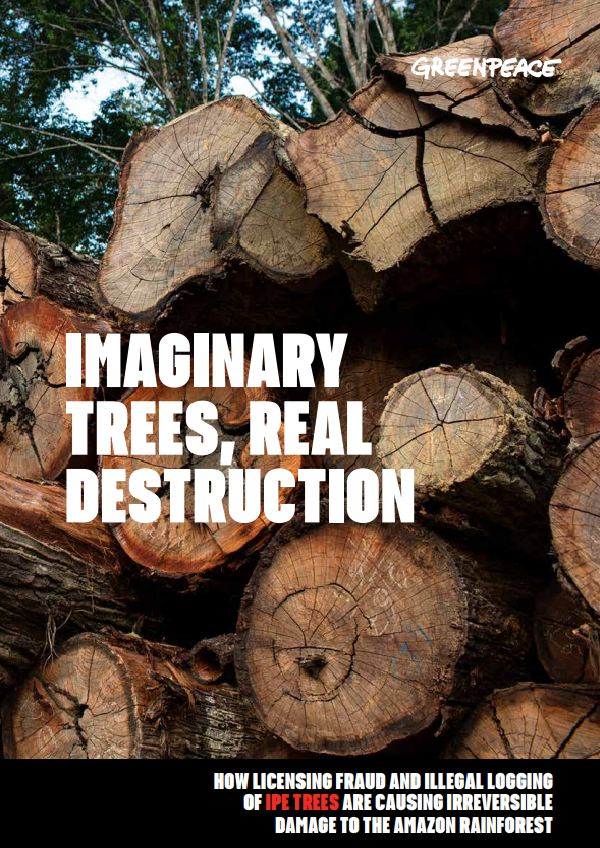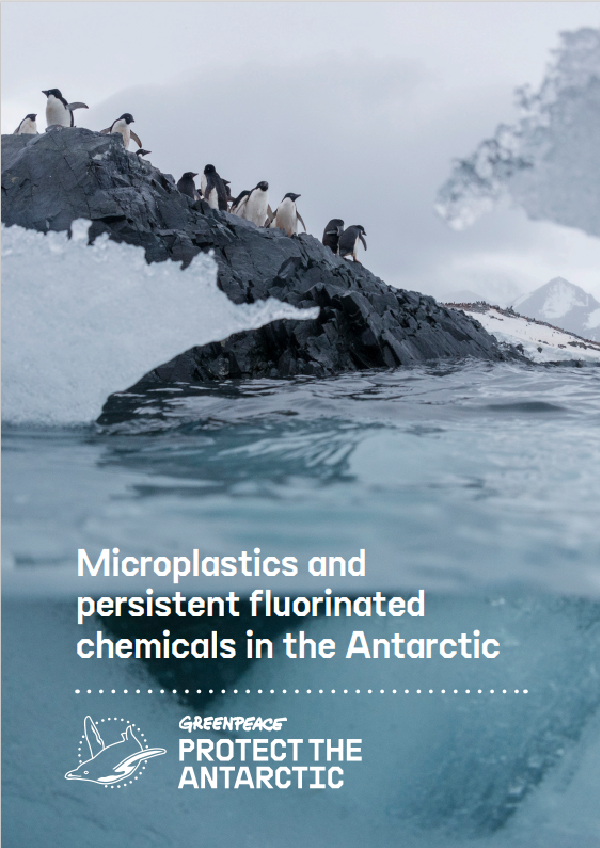Livestock feed production is one of the leading contributors to greenhouse gas (GHG) emissions in the food sector, mainly due to deforestation and land conversion, whereby habitats are turned into farmland or rangeland. Nutreco, a leading manufacturer of both aquaculture and livestock feed, is taking innovative action to reduce its environmental impact by 2025. Its RoadMap 2025 outlines the company’s ambitious set of goals that address health and welfare, climate and circularity, and good citizenship. WWF’s business brief examines Nutreco’s plan and sees what lessons could be applicable to the entire feed industry.
A greenhouse gas (GHG or GhG) is a gas that absorbs and emits radiant energy within the thermal infrared range, causing the greenhouse effect. The primary greenhouse gases in Earth’s atmosphere are water vapor (H2O), carbon dioxide (CO2), methane (CH4), nitrous oxide (N2O), and ozone (O3). Without greenhouse gases, the average temperature of Earth’s surface would be about −18 °C (0 °F), rather than the present average of 15 °C (59 °F). The atmospheres of Venus, Mars, and Titan also contain greenhouse gases.
2020 came and went, along with a flurry of unmet corporate climate commitments. With no time to lose to meet the challenges of climate change, we need both ambitious goals and for companies to push themselves to achieve them. Animal protein has been heralded as one of the biggest contributors to greenhouse gas (GHG) emissions, contributing 14.5% of global GHG. Feed is often the largest component of animal protein’s GHG emissions, with the exception of ruminant production.1 Feed production contributes to climate change through its use of resources such as land, water, and fertilizer, and is one of the leading contributors to deforestation and habitat conversion. Despite this, many feed companies lag in sourcing transparency and progress toward making and meeting environmental commitments. Nutreco is looking to buck this trend and lead the industry in a different direction through ambitious goals, greater transparency in progress toward meeting them, and sharing what it has learned along the way.
The old adage “you can’t manage what you don’t measure” is timeless for a reason. It’s long past time for companies to move away from intangible goals that are easy to explain away when not met and move towards ambitious, tangible, and measurable goals, which must address the areas of greatest impact and be accompanied by solid plans for and progress towards meeting them.
Transparency efforts can achieve an even greater impact by sharing how plans are implemented, enabling the entire industry to make progress on sustainability goals more quickly.
Nutreco’s previous 2020 goals, set in 2012, were as much of the rest of the sector – largely impossible to measure and not bold enough to meet its proportional climate impact. Around 85% of the goals were met, but due to regional production differences and the immaturity of market demands, some were not possible to achieve. Other barriers included an inconsistent definition of sustainability, lack of agreement about which impacts are most important or how to measure them consistently across landscapes and companies, and lack of implementation stakeholder involvement in goal creation.
